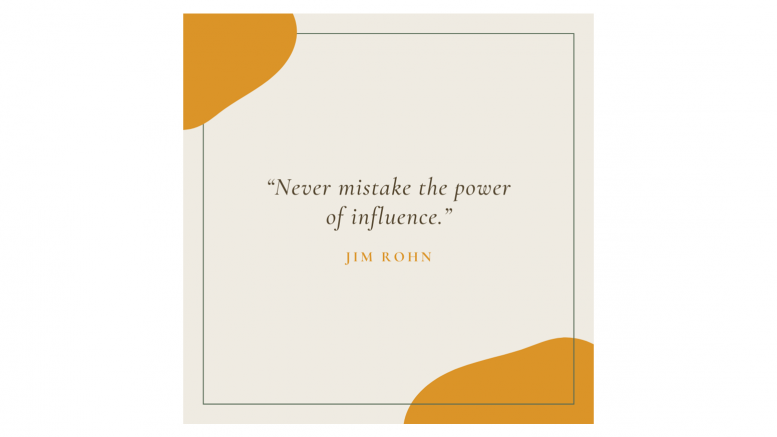“Never mistake the power of influence.” — Jim Rohn
A few days ago, I came across this article that ASCI, the ad regulator is watching and might soon come out with a set of guidelines to be followed by brands and social media influencers. The article said that it will come up with the guidelines based on international best practices, so that users can make informed decisions on their purchases. Having worked with various brands for different influencer marketing campaigns – with celebrity influencers or micro-influencers alike, it made me wonder whether it was a good idea or bad and pondering over this thought, my mind went somewhere else.
To set the context, the influencer market is huge across the world. To quote some stats, India’s influencer market is estimated at $75-150 million a year, viz the global market of $1.75 billion (as per digital marketing agency AdLift) and the number is expected to go up as more Indians go online with cheap data and affordable smartphones. Everybody wants to be an influencer these days; there are universities now offering courses to become one. With newer platforms such as TikTok coming to the forefront, a new set of influencers are emerging. Social media platforms are doing their bit too – Instagram came up with Branded Content Ads, that allowed brands to promote these sponsored posts like any other ad. Facebook and YouTube followed suit too.
Having said all of that, influencer marketing has been receiving a lot of backlash in various international markets; some brands are evaluating whether it should be a part of their brand strategies. Trust is dwindling and marketers and communication professionals are struggling to find the right answer and the right brand strategy. However, India is a different ballgame altogether. The market here is still nascent and unregulated and forms the largest chunk under the digital advertising landscape. The regulation of the market will also see different reactions – or is already seeing them. For example, Scherezade Shroff, one of the popular YouTube content creators spoke about the various details of influencer marketing on a video recently, including people buying fake followers and keeping paid partnerships undisclosed. Her video can be viewed here.
On the flip side, Bhuvan Bam, one of the first Indian YouTube content creators who has over 15 million subscribers, said to one of the media portals, “The digital medium is censor-free, we shouldn’t bind original content creators with guidelines. Brands come to us to reach audiences because of our content. If there are any guidelines/censorship of sorts then we wouldn’t be able to give the optimum reach a brand deserves,” he argues.
While the market still struggles to accept whether we need guidelines or not and the segment continues to thrive irrespective, I would like to mention the thought that came to my mind that I had mentioned above. We, as PR professionals, are closely working with these influencers too – from celebrity A-listers to micro or nano influencers across various platforms. While self-regulation works the best and has worked really well in the past, but given the lines are fast blurring (or have almost blurred) and digital advertising and PR happen to work very closely, shouldn’t the two communities come together and work towards defining the process of working with influencers? Being a typical unorganised sector, probably ASCI and PRCAI can come up with a common set of guidelines. This might also create a dialogue and bridge the gap (if at all there is) between the two very similar but still different communities.
It is high time that this happens, and we become the common voice of brands we work with.



Influence plays a role, first of all, PR & advertisement has to comeout with analytical vision that sets parameters for the influencer which may help to devise self regulatory models